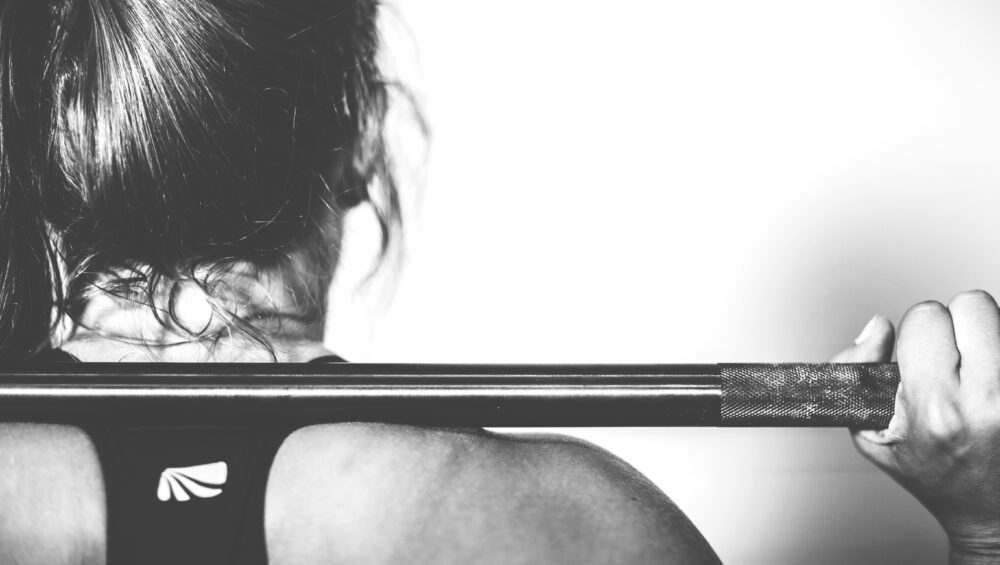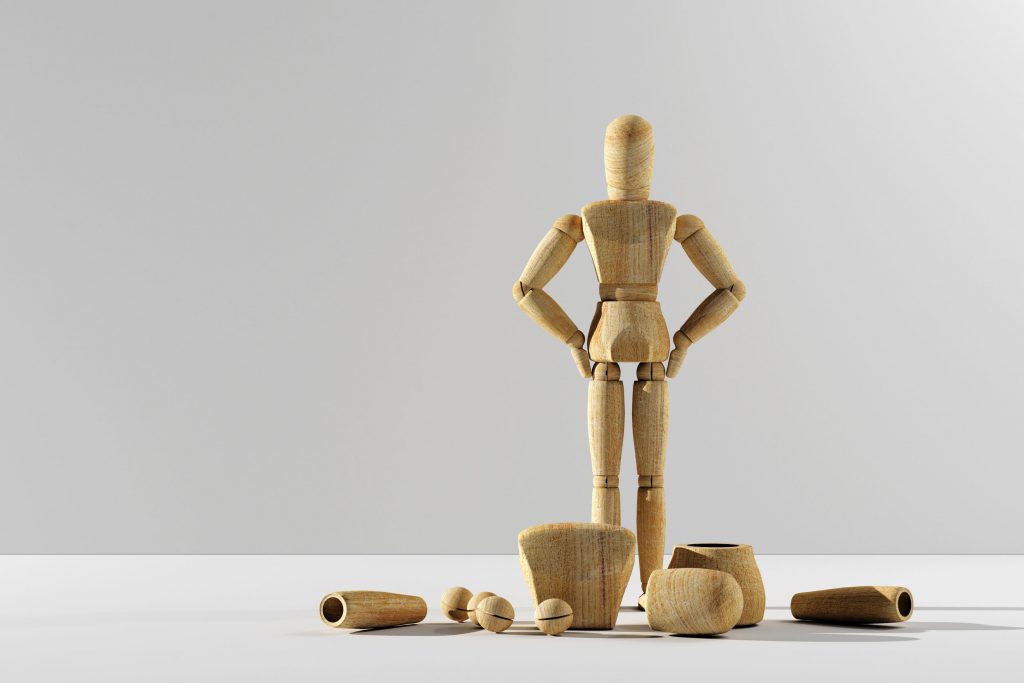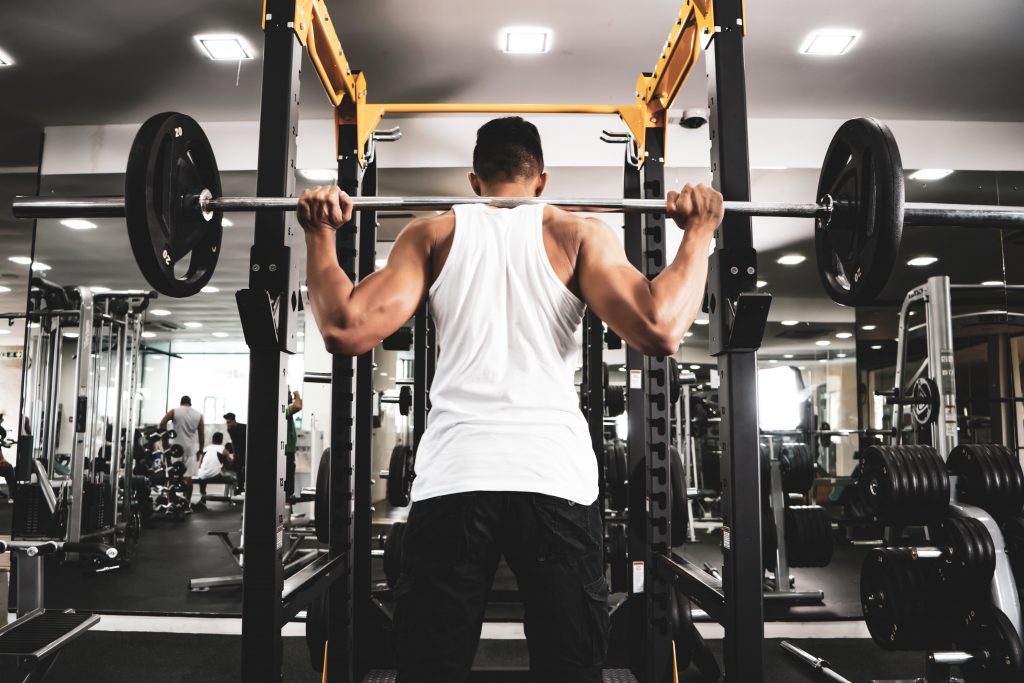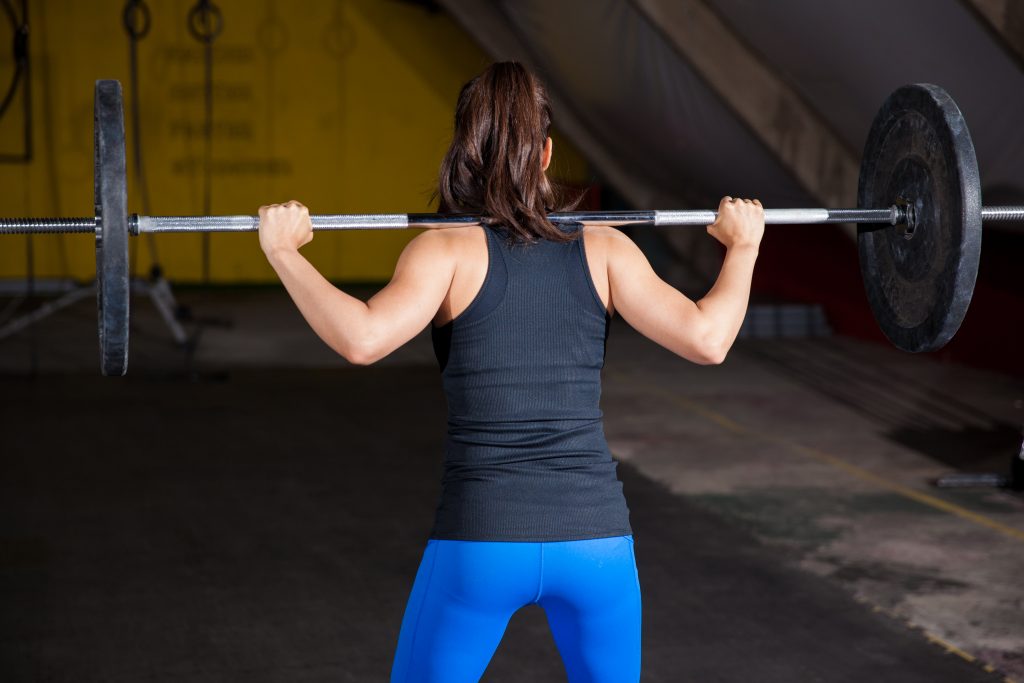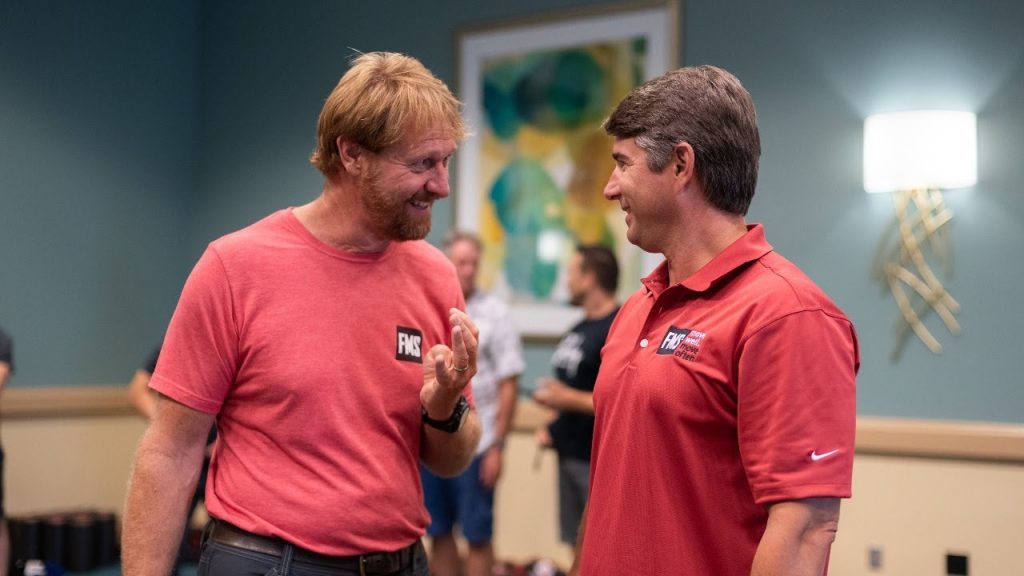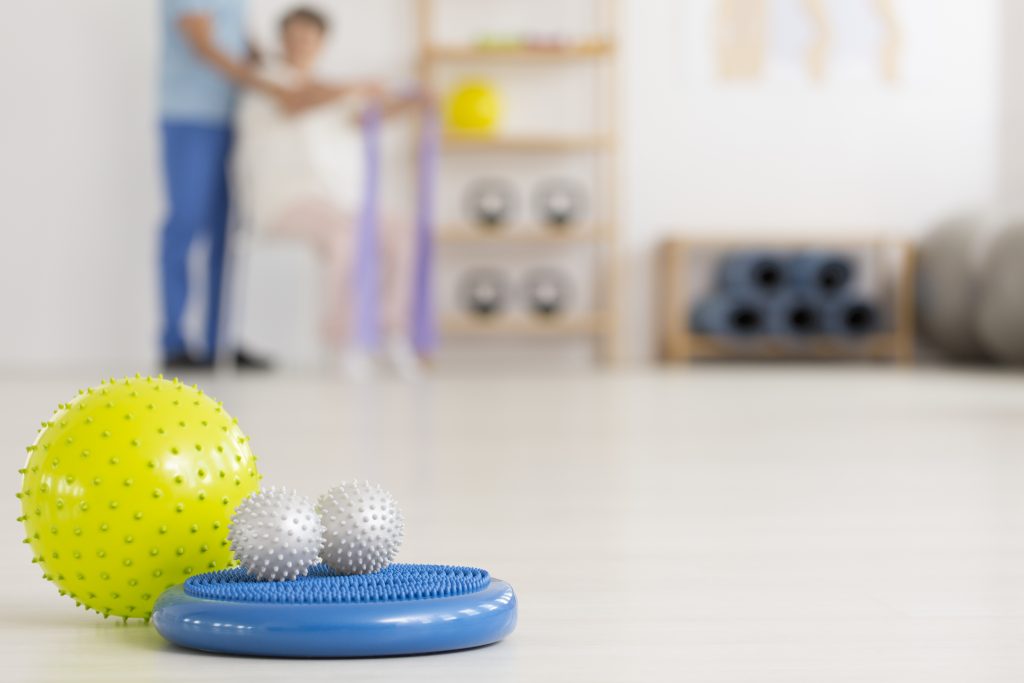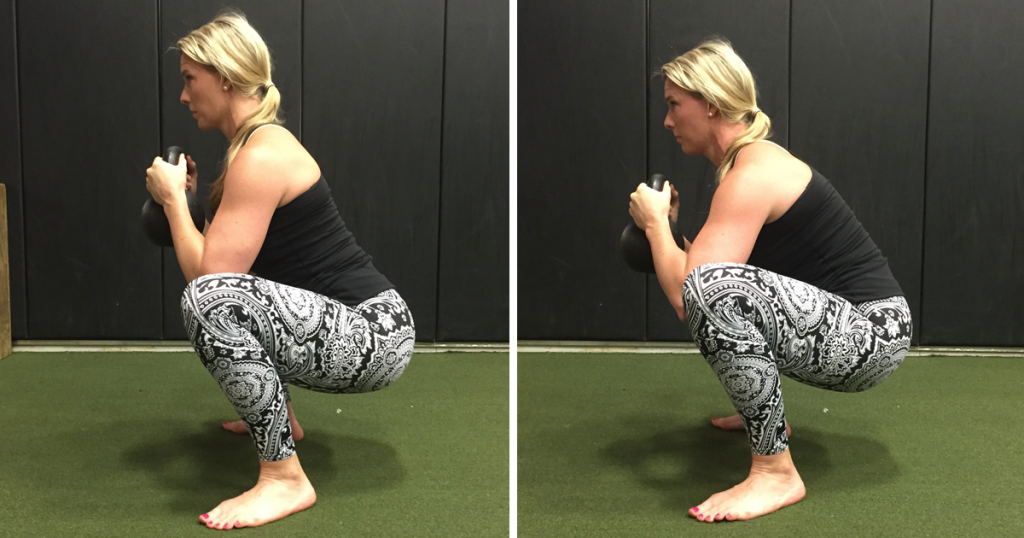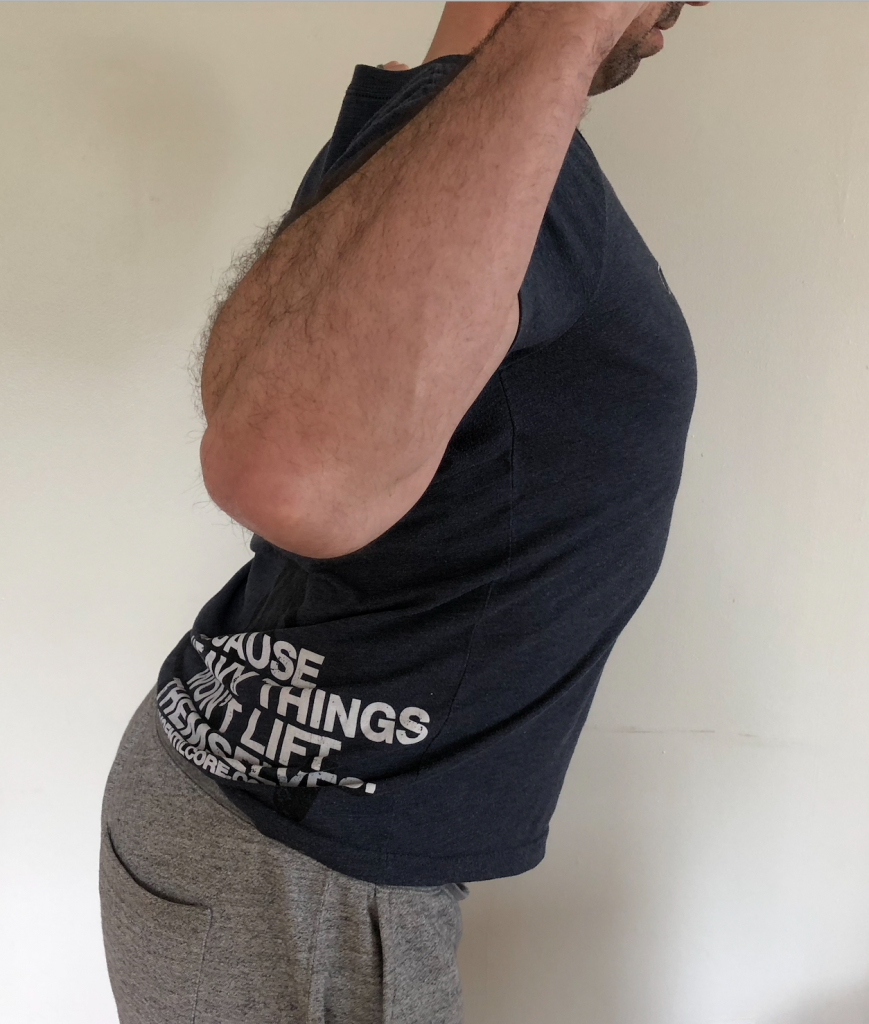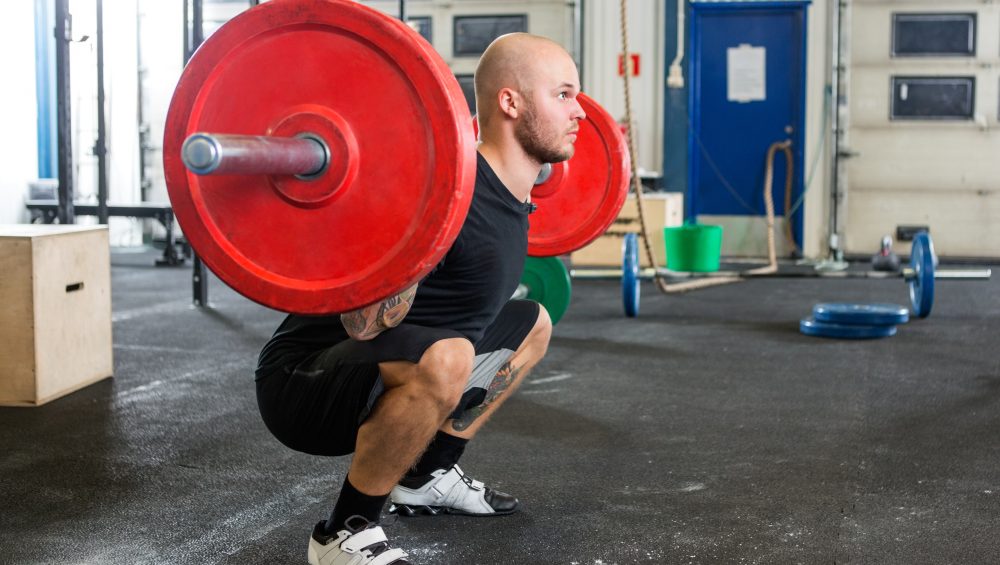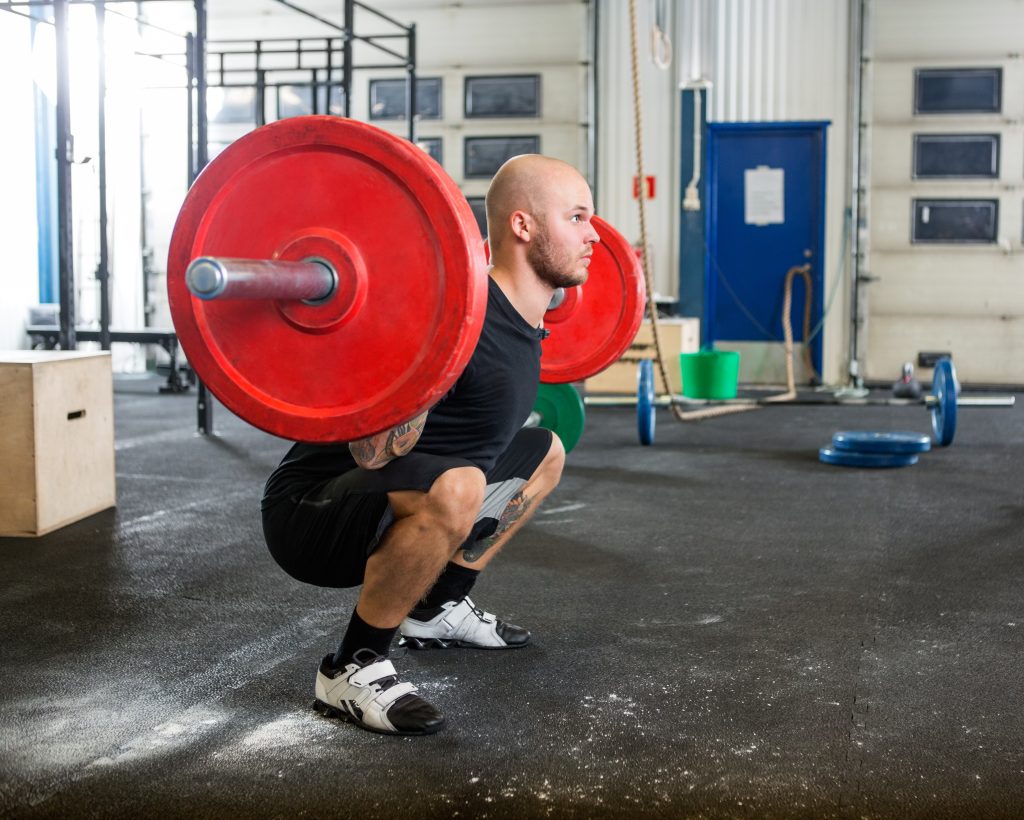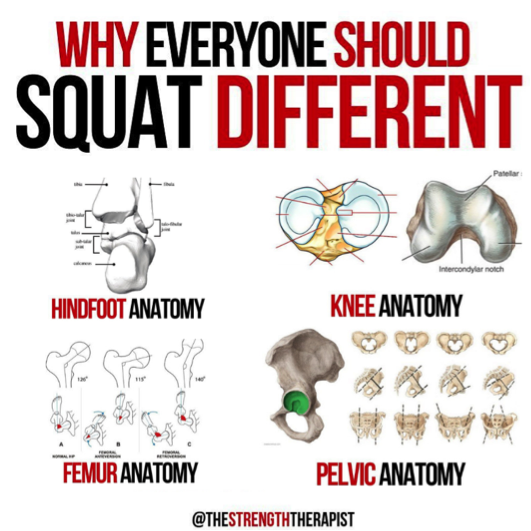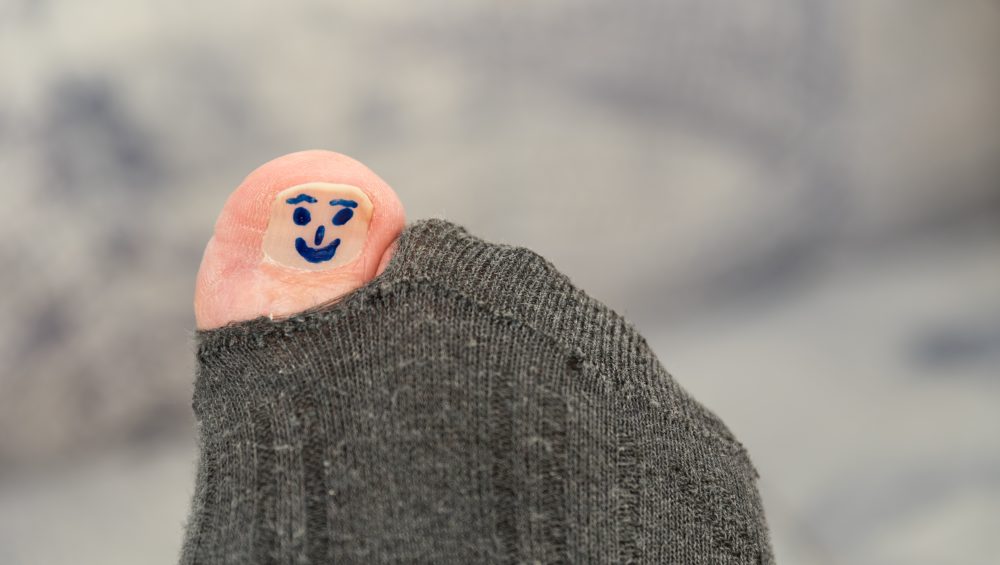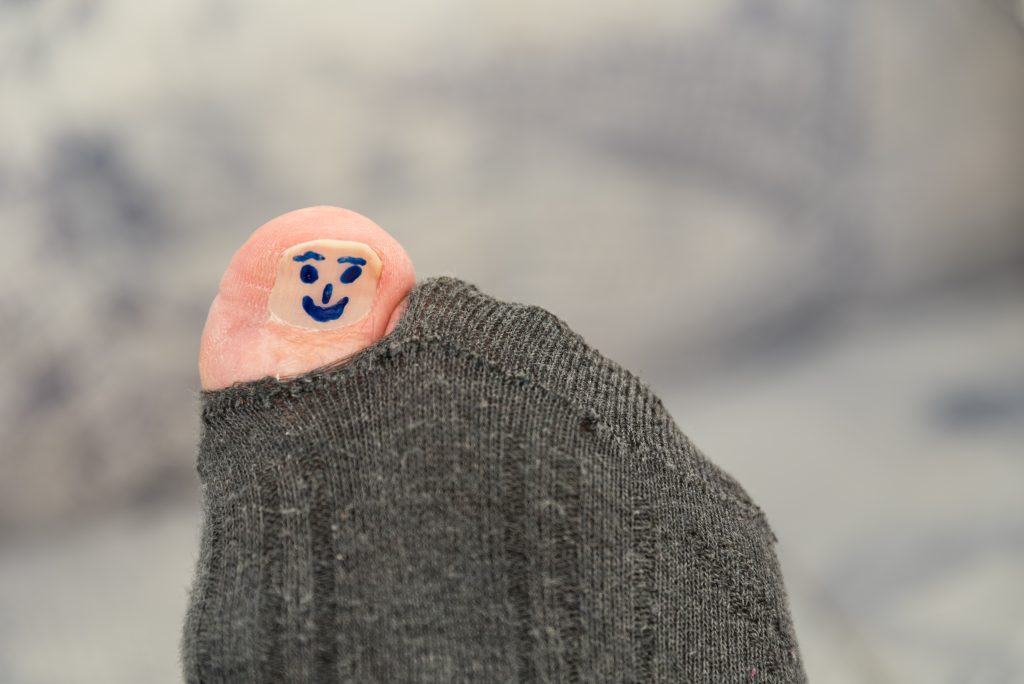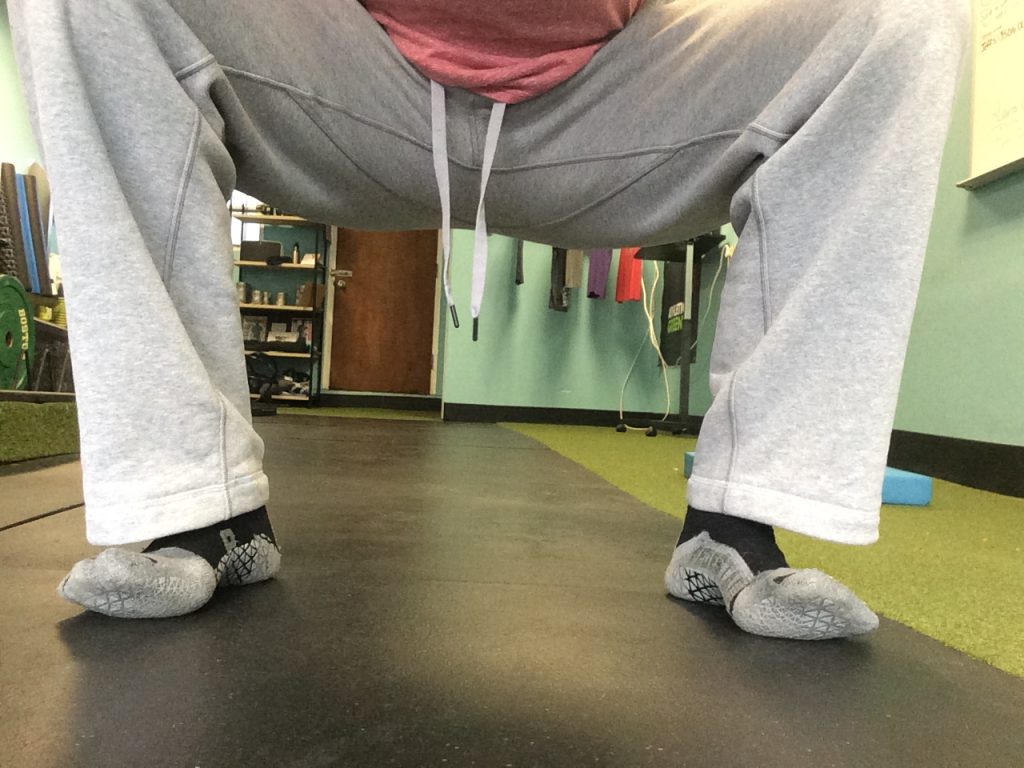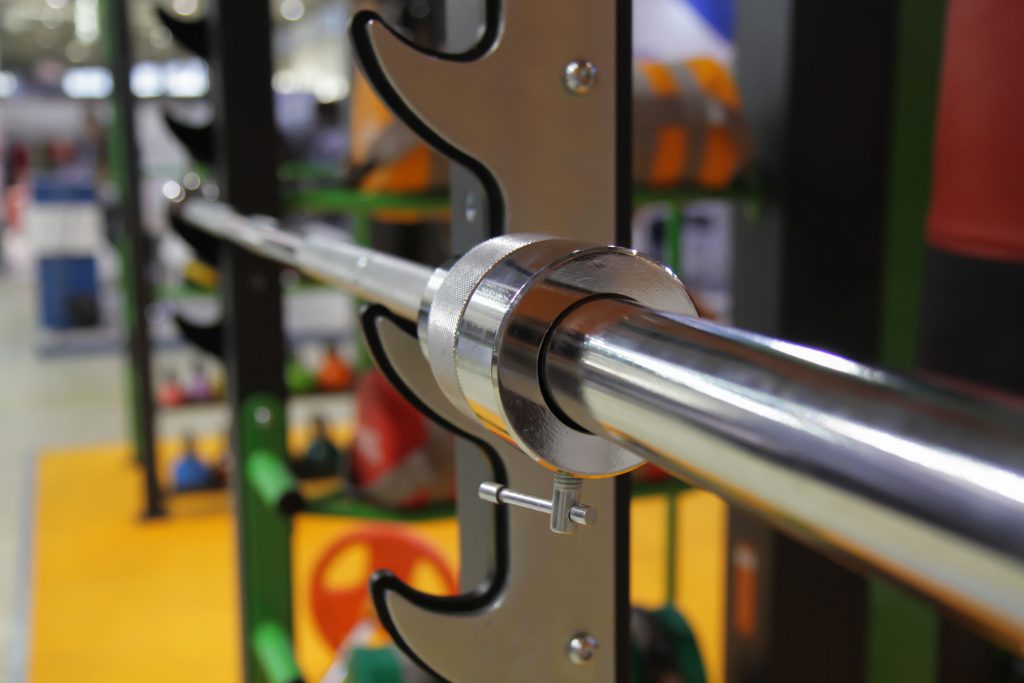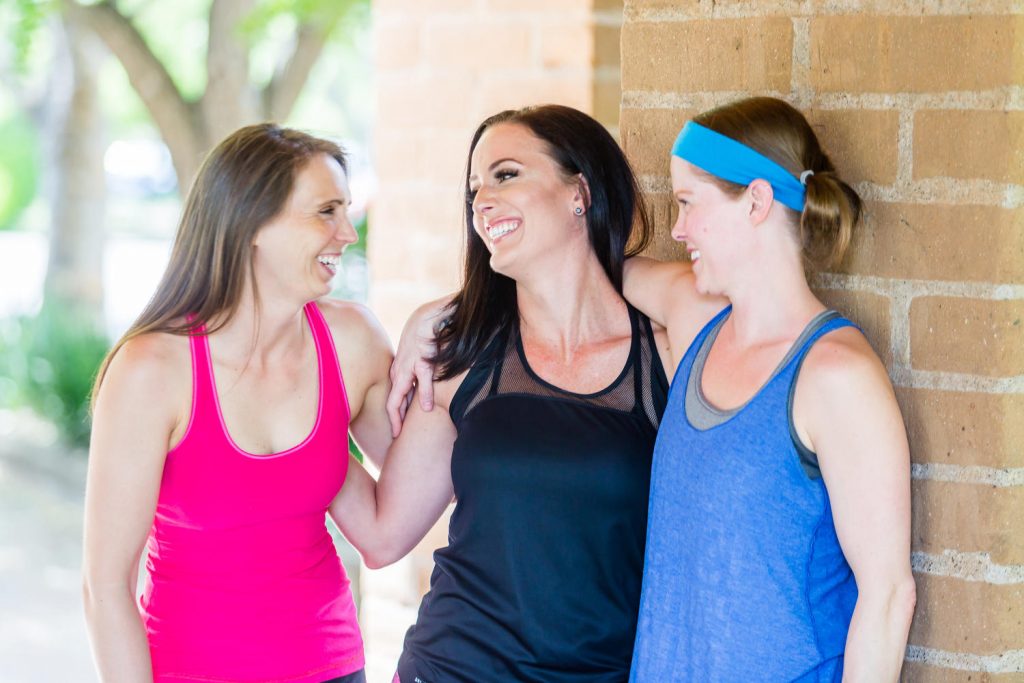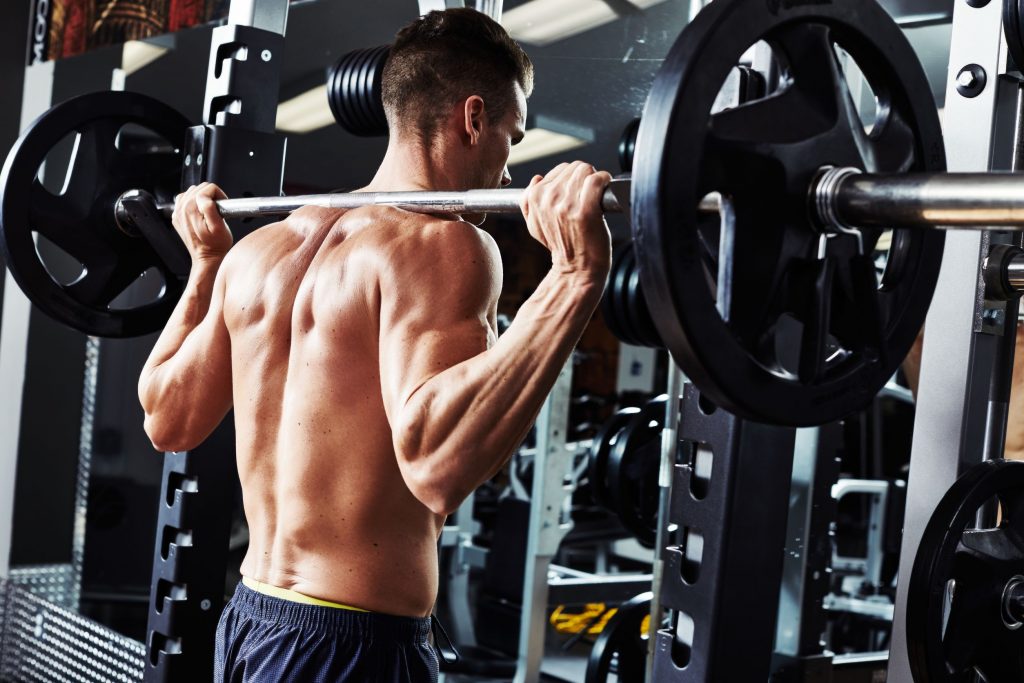Short Answer = No.
Long(er) Answer = Read more below.
Will Squatting Make You Tight?
I can’t believe we still have to have this “debate” in 2025.
While it’s not nearly as prevalent of a thought process as a decade or two ago, there are still people out there under the impression that lifting appreciable weight – and therefore, by extension, squatting – will result in big, bulky, and stiff muscles.
Merely looking at a barbell will make you tighter than a crowbar.
I don’t even think that makes sense, but whatever…you get the idea.
The same people who fall prey to this mind-trap are the ones who likely still believe lactate acid causes muscle soreness, creatine is a steroid, starvation mode exists, and that Tom Selleck doesn’t have the sexiest and manliest mustache of all-time.

I could opine judiciously on why I feel the argument that lifting heavy/squatting makes you tight is a tepid and weak one at best, but I’m not going to because 1) this is blog post and 2) it’s not a dissertation (and I’m hangry and need to eat something).
Too, I can respect and appreciate that people are at the mercy of their milieu and can often succumb to the atmosphere, anecdotal experiences, and the echo chambers that feed into their biases.
I get it: You watch one too many Tom Brady documentaries and the idea of touching a barbell (or a tomato) makes you sick to your stomach.
Nevertheless, I do feel it’s a silly stance to take.
To steal a line (and photo op) from Chris Duffin:
“Squatting doesn’t make you tight. Squatting like shit does.”
Make no mistake: There are many nuances to consider with regards to squat technique and what variation, setup, and execution will be best suited given an individual’s injury history, goals, ability level, genetics, and anthropometry.
I don’t think there’s any ONE best way to execute or coach the squat, and I lose a lot of respect for coaches and trainers who play all hoity-toity and think THEIR way of coaching it is the only way to do so.
Again, and this can’t be reiterated enough:
- Injury/health history
- Goal(s)
- Ability level
- Genetics
- Favorite He-Man character
- Anthropometry/leverages…
…all need to be taken into consideration when coaching up the squat.
The internet likes to argue semantics on bar position, hand position, depth, stance, what day of the week it is, barometric pressure, and a myriad of other things that may or may not matter when it comes to enhancing squat technique and performance.
For me, so long as the feet, ankles, knees, and hips are appropriately positioned and loaded (using all the info above as guidance), “neutral” spine is maintained, and we’re doing all we can to prevent any destroying back of pants…
…we’re (probably) accomplishing some good things.
Moreover, if you think about what’s required to pull off a decent looking squat:
- Active ankle dorsiflexion, knee and hip flexion.
- Active femoral abduction (opening the hips).
- Maintenance of “neutral” spine.1
We could make the case that everything listed above is a splendid way to “offset” sitting at a desk all day, particularly when you consider a loaded squat will nudge or force people to adopt a little more thoracic extension, which is rarely a bad idea for that population.
By contrast, squatting (and by proxy, lifting appreciable weight) correctly can be viewed as the opposite of making someone tight.
NOTE: For some more insights on how I address squat technique check THIS and THIS and THIS out. Oh, and if your favorite He-Man character isn’t He-Man you need to check yourself before you wreck yourself.2

